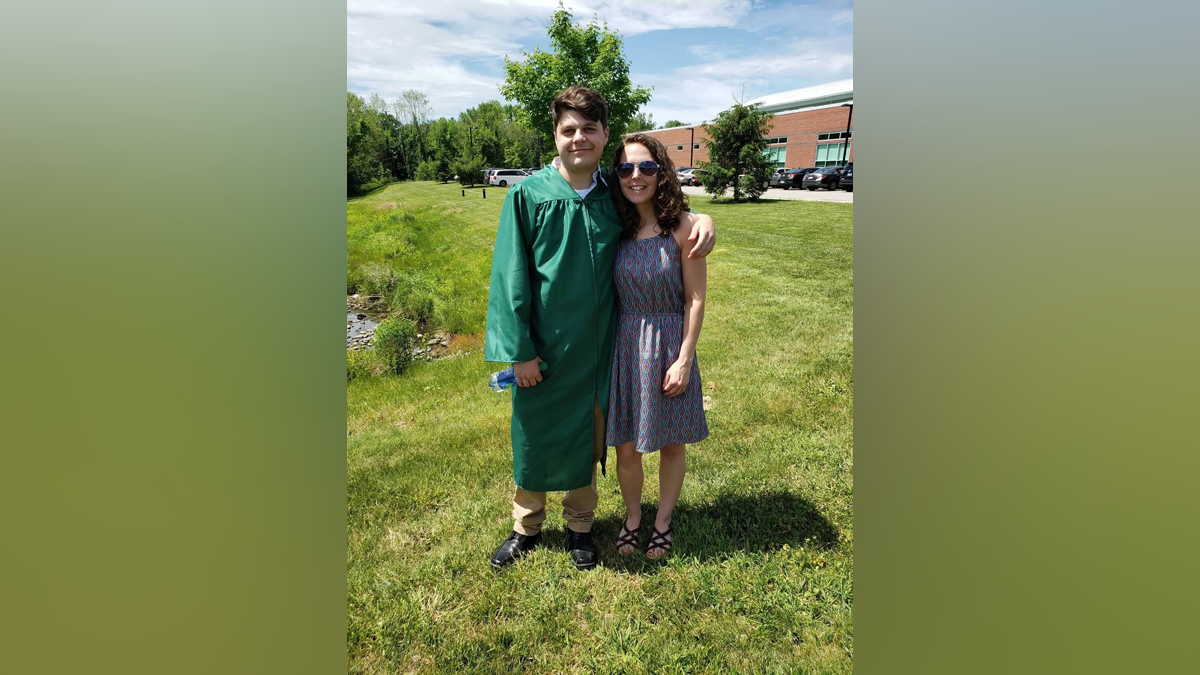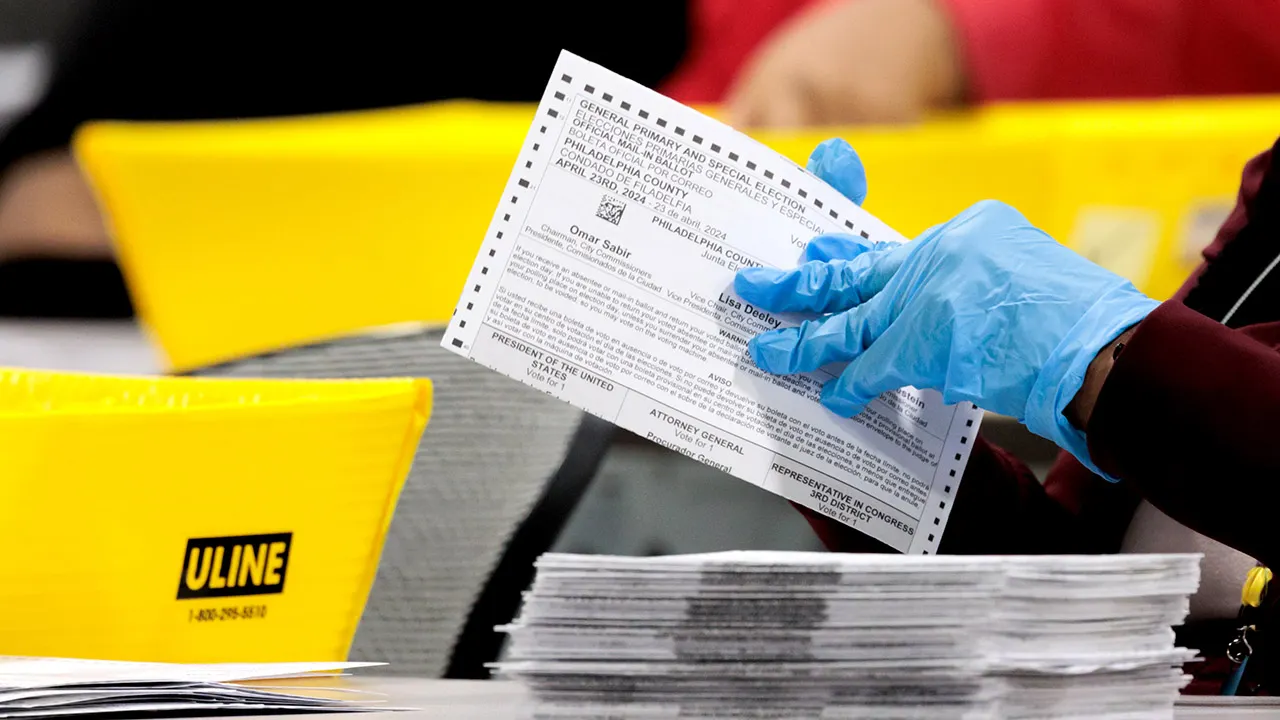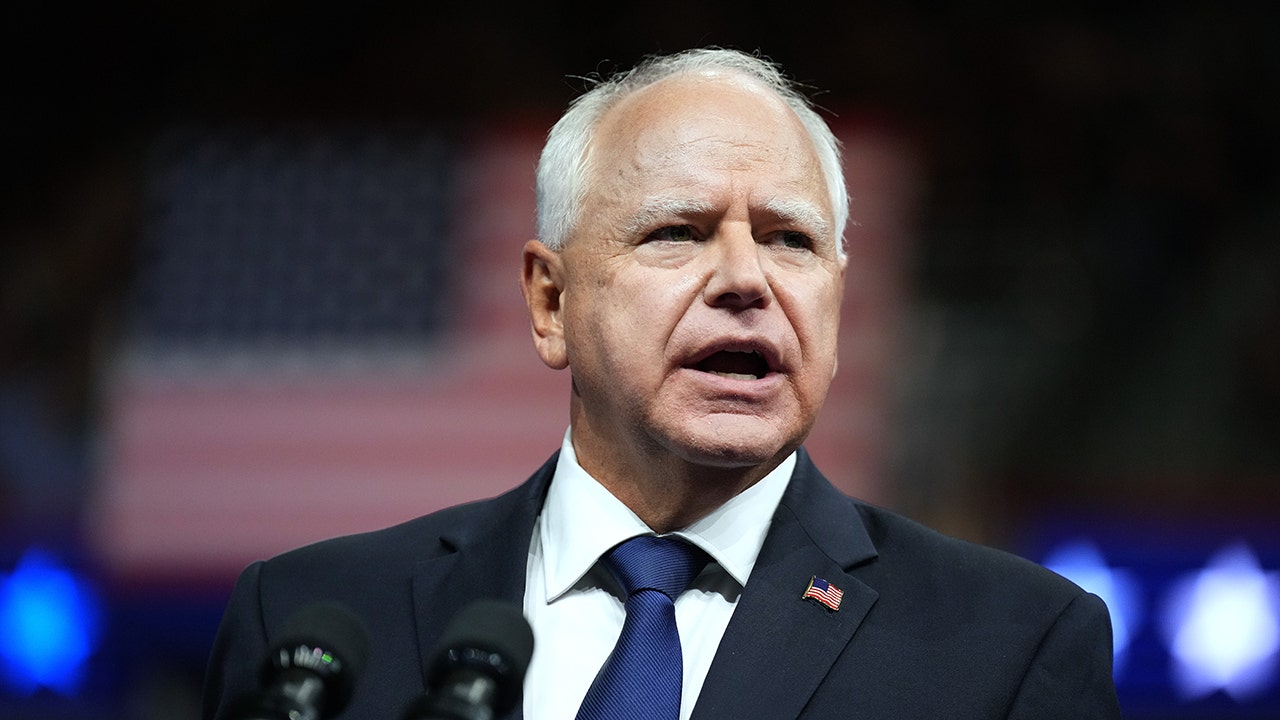Lifestyle
Lionsgate apologizes to Coppola for now-pulled 'Megalopolis’ trailer

Director Francis Ford Coppola at the 94th Oscars at the Dolby Theatre in Hollywood, Calif. on March 27, 2022.
ANGELA WEISS/AFP via Getty Images/AFP
hide caption
toggle caption
ANGELA WEISS/AFP via Getty Images/AFP
Lionsgate, which is distributing Francis Ford Coppola’s upcoming movie Megalopolis in the U.S., is apologizing for its latest promotional trailer. The studio pulled it down after it went up online on Wednesday.
The film stars Adam Driver, Aubrey Plaza, Giancarlo Esposito, Jon Voight and Dustin Hoffman. Coppola spent part of his fortune from his wine business to make the indie movie, which premiered at the Cannes Film Festival over the summer.
Early reviews have been mixed, and to head off any naysayers, Lionsgate released the unusual trailer.
“One filmmaker has always been ahead of his time,” declares the trailer’s narrator, Laurence Fishburne, who also stars in the film. “True genius is often misunderstood.”
Superimposed over title images from the films Apocalypse Now and The Godfather are quotes supposedly written by well-known film critics trashing his previous movies when they came out.
“A sloppy, self-indulgent movie,” reads a quote attributed to Andrew Sarris in the Village Voice.
“Hollow at the core” reads another attributed to Vincent Canby of The New York Times.
“Diminished by its artsiness,” reads another attributed to Pauline Kael of The New Yorker.
However, as first reported in Vulture, all these quotes appear to have been fabricated. Online searches of old film reviews came up negative, and some of the critics who are still alive say those aren’t their words. Some suggested the quotes may have been from reviews of entirely different movies or possibly generated by AI.
“Did the people who wrote and cut this trailer just assume that nobody would pay attention to the truthfulness of these quotes since we live in a made-up digital world where showing any curiosity about anything from the past is seen as a character flaw?” wrote Vulture film critic Bilge Ebiri. “Did they do it to see which outlets would just accept these quotes at face value? Or maybe they did it on purpose to prompt us to look back at these past reviews and discover what good criticism can be?
After the outcry, Lionsgate immediately recalled the trailer and sent out a statement. “We offer our sincere apologies to the critics involved and to Francis Ford Coppola and American Zoetrope for this inexcusable error in our vetting process. We screwed up. We are sorry.”

Lifestyle
O.J. Simpson's Remains Turned into Cremation Jewelry
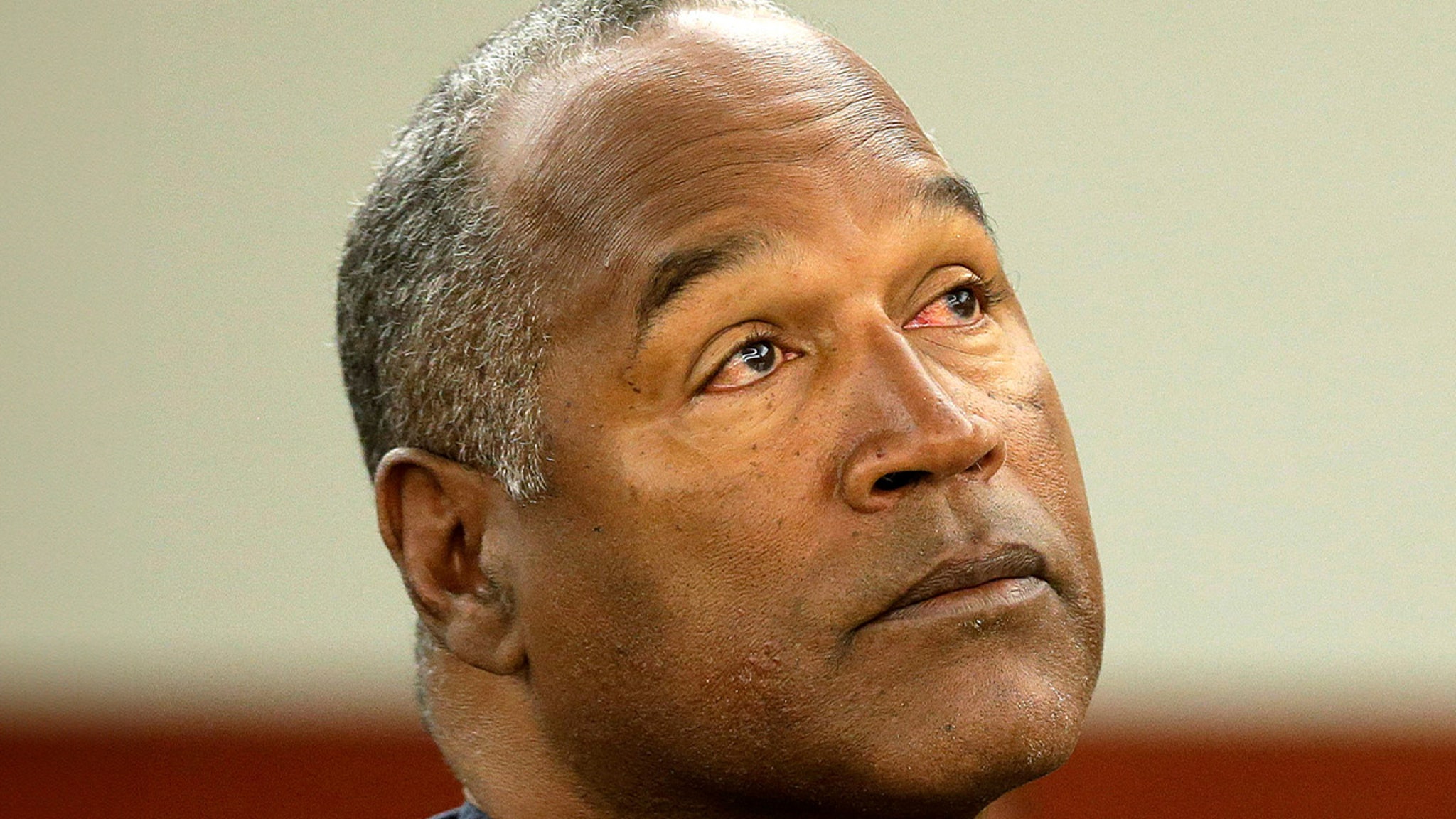
O.J. Simpson lives on … in the form of jewelry containing his ashes.
Malcolm LaVergne — O.J.’s longtime lawyer and now executor of his estate — tells TMZ … the Juice’s remains have been transformed into cremation jewelry, which was divvied up among his 4 adult children.
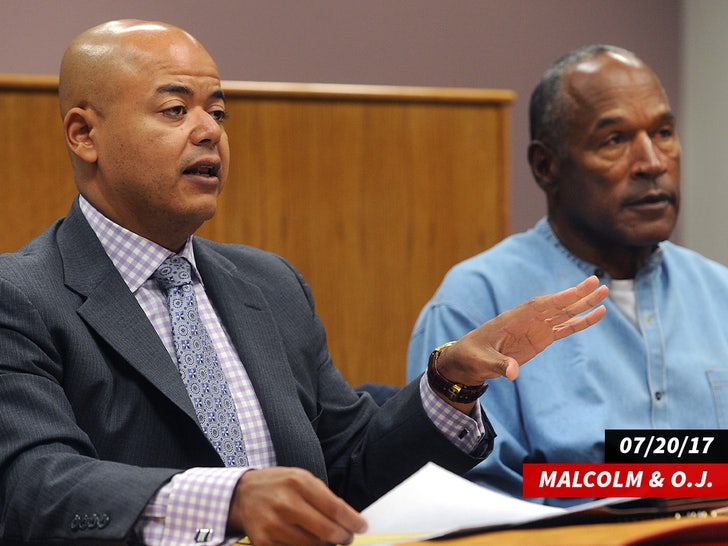
Simpson was cremated back in April, following his death, and we’re told his kids signed off on having their father’s ashes turned into an assortment of jewelry. As executor, Malcolm also had to provide written consent to the process.
Malcolm didn’t want to say exactly what kind of jewelry pieces the children got — but, typically, it’s necklaces or bracelets with miniature urns as pendants.
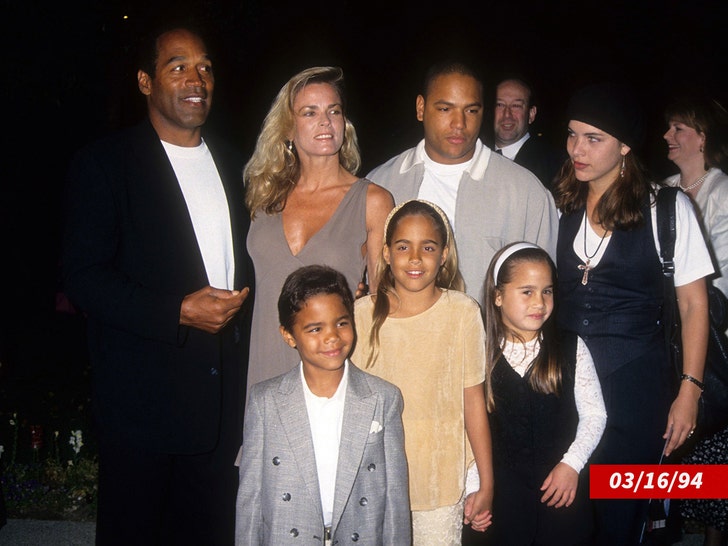
Malcolm says he did not get any of the jewelry, he just wasn’t interested, and it’s all being shared among Arnelle, Jason, Sydney and Justin Simpson.
So what’s this type of process cost? Malcolm say the final total was $4,243.06 — which included the cost of cremation, the jewelry and death certificates.
As we first reported, Malcolm is trying to liquidate most, if not all, of O.J.’s assets to pay off the mountain of debt he left behind — including tens of millions still owed to the Goldman family.
Lifestyle
A new mail-voting exhibition is a reminder that its use dates back to the Civil War

The “Voting by Mail” exhibition at the National Postal Museum in Washington, D.C., tracks the long history of mail-in voting in the United States with a selection of historical ballot envelopes, election mailers and photographs.
Zayrha Rodriguez/NPR
hide caption
toggle caption
Zayrha Rodriguez/NPR
Four years ago, millions more voters in the U.S. became familiar with voting by mail.
But a new exhibition at the Smithsonian’s National Postal Museum opens Saturday as a reminder that earlier generations of voters used the postal service to cast absentee ballots decades before the COVID-19 pandemic upended the 2020 election.
“It was sort of presented during the pandemic as a new concept for a lot of folks who may have never encountered it before,” says Carrie Villar, director of curatorial affairs at the Washington, D.C., museum that is open free to the public. “We thought with this presidential election coming up in 2024, there could be no better place than the National Postal Museum to have an exhibit where we talk about voting by mail and how it’s not a new thing. It’s been around for over 160 years in various forms.”
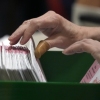
On a wall nestled within the museum’s stamp salon, Villar’s team of curators has assembled a small selection of mail-in ballot envelopes, election mailers, photographs and other artifacts to lay out a timeline that begins with the Civil War election of 1864, which is considered the start of large-scale use of voting by mail in the United States.
“That was the big moment that voting by mail stepped up to a national stage,” Villar says, noting that there were earlier examples at the state and local levels dating back to the 18th century.

The exhibition includes election mailers sent in Georgia’s Fulton County and California’s Orange County ahead of 2021 elections to encourage voters to cast their ballots by mail.
Zayrha Rodriguez/NPR
hide caption
toggle caption
Zayrha Rodriguez/NPR
Villar hopes the exhibition can be expanded one day with more artifacts to fill in gaps in its presentation of mail-in voting’s extensive history.
Visitors, for example, won’t find any items on display that represent the spread of baseless claims of widespread absentee ballot fraud during the 2020 election, or how those allegations have fueled distrust of the voting method among conservatives, although the exhibition does note that the pandemic “brought attention to concerns over election integrity that have existed since the beginning of voting at polling places and by mail.”
The museum is counting on the public, in part, to help more fully tell the story going forward with donations of historical objects and archival material.
“We’re actively collecting through this election and beyond because we want to continue the story,” Villar says. “There’s so much being printed and put out there that it gets thrown away. We would love to see some of that saved.”

Even with its limited look at voting by mail through the years, Villar adds she hopes visitors who are eligible to cast a ballot will leave “inspired to vote however they choose to do it and to know more that voting by mail has a long history of successfully being carried out.”
Here are some highlights from the exhibition “Voting by Mail: Civil War to Covid-19”:
An envelope used during the 1864 election to mail a sheet tallying the votes of Civil War soldiers from Ohio’s Highland County at a Union Army field hospital in Georgia

An envelope used during the 1864 election to mail a sheet tallying the votes of Civil War soldiers from Ohio’s Highland County at a Union Army field hospital in Georgia
Zayrha Rodriguez/NPR
hide caption
toggle caption
Zayrha Rodriguez/NPR
“Different states had different approaches, but they wanted to give a way for soldiers who are away, out of state at war to have a chance to vote in the election,” Villar says. “Voting by mail and absentee voting for our military has really been a key part that has moved voting by mail forward in the last 160 years. And when you think about it, these men and women are out there risking their lives for our country and disenfranchising them by not being able to vote in an election doesn’t make a lot of sense.”
A photo of Japanese American citizens waiting for their absentee ballots to be notarized in 1942 while they were wrongfully incarcerated at the Tule Lake prison camp in California during World War II

A photo of Japanese American citizens waiting for their absentee ballots to be notarized in 1942 while they were wrongfully incarcerated at the Tule Lake prison camp in California during World War II
Francis Leroy Stewart/National Archives
hide caption
toggle caption
Francis Leroy Stewart/National Archives
“It’s a really powerful story and one that really makes you think about what it means to be American and that right to vote that we may sometimes take for granted,” Villar explains. “The people who were incarcerated in these camps had to battle through a lack of knowing what their state requirements were for allowing them to vote. They were limited in the information they were getting from back home about who to vote for. These good citizens who were in these camps by their own government still took the time and effort to exercise that duty to vote.”
An unused federal war ballot issued in 1944 for absentee voters serving in World War II

An unused federal war ballot issued in 1944 for absentee voters serving in World War II
Zayrha Rodriguez/NPR
hide caption
toggle caption
Zayrha Rodriguez/NPR
“It’s a big undertaking to get all of this material out all around the world during war. And so they ended up printing these official ballots that didn’t have the candidate names in them yet,” Villar explains. “The voter would actually handwrite in who they were voting for. And then someone on the other end would have to read it. They had to sort of decipher out and make sure that the right candidate was getting a vote. It’s unusual to see a ballot without any names on it.”
An informational card the U.S. Postal Service sent in 2020 to help voters prepare to vote during the COVID-19 pandemic

An informational card the U.S. Postal Service sent in 2020 to help voters prepare to vote during the COVID-19 pandemic
Zayrha Rodriguez/NPR
hide caption
toggle caption
Zayrha Rodriguez/NPR
“The messaging around voting by mail is so challenging,” Villar says. “The Postal Service sent this out, trying to educate postal customers, and soon realized that there isn’t a one-size-fits-all direction for voting by mail and that every voter needs to check with their own state and local rules and regulations. There was some backlash to this postcard, and they ended up having to correct the information.”
For those who can’t stop by in person before the exhibition is set to close on Feb. 23, 2025, a virtual exhibition is available on the museum’s website in English and Spanish.
Edited by Benjamin Swasey
Visuals edited by Grace Widyatmadja
Lifestyle
'Gossip Girl' Star Ed Westwick Marries Actress Amy Jackson

Ed Westwick‘s officially hitched … getting married to his partner Amy Jackson — and, sharing all the pics on his Instagram!
The “Gossip Girl” star posted about his nuptials Sunday … sharing a pic of him and his new wife standing at the altar, her in a beautiful white gown and him in a white tuxedo jacket with black pants.
Waiting for your permission to load the Instagram Media.
He’s got a hand on his stomach in the pic … and leans in for a quick smooch too — dropping “The journey has just begun” in the caption.
He shared another series of posts earlier in the weekend, telling fans the big day had finally arrived … and, giving an inside glimpse to his chartered plane ride with Amy and her son.

The two locked lips on the ride over … looking loved up and ready to say their vows. The other pics showed scenes from the exotic locale where they said “I do” full of happy friends and family.
This is both Westwick and Jackson’s first marriage … as you may know, Ed has dated multiple big-time stars in the past — including his “Gossip Girl” costar Jessica Szohr while they filmed the show together.
Looks like Chuck Bass has finally found his real-life Blair Waldorf … congrats, you two!
-

 Minnesota1 week ago
Minnesota1 week agoReaders and writers: Plenty of thrills and danger in these Minnesota author’s mysteries
-
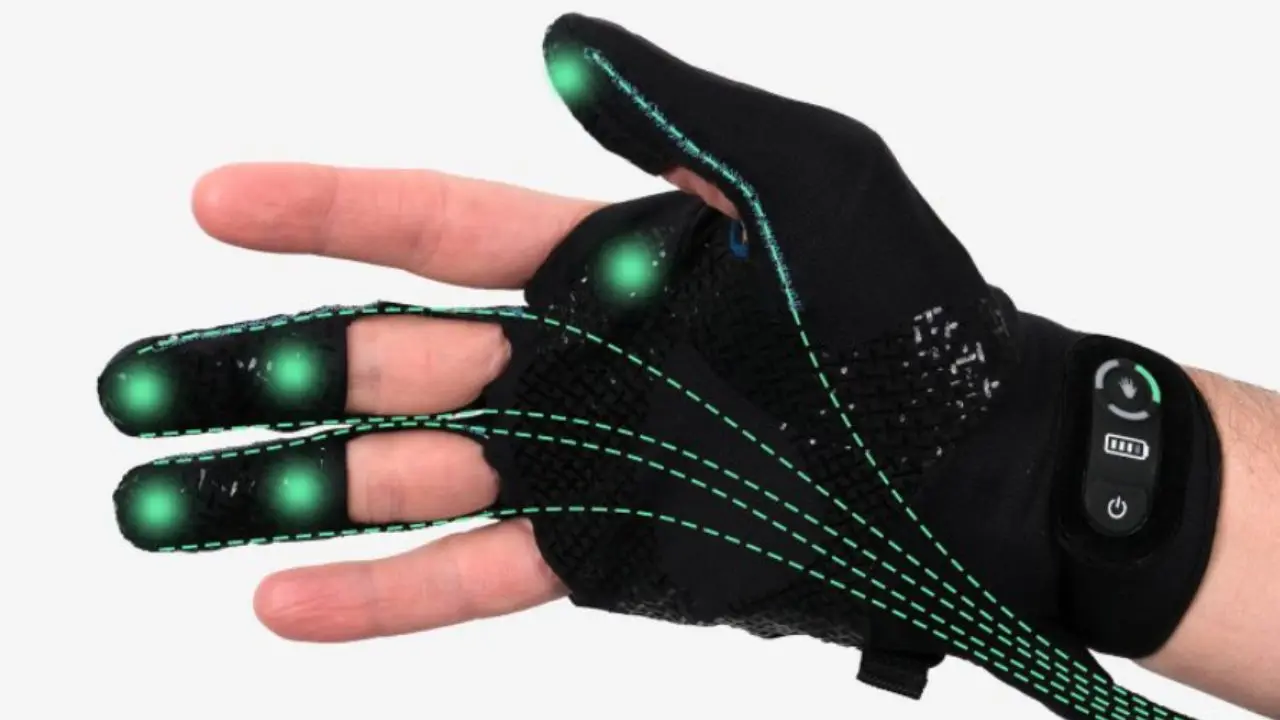
 Technology4 days ago
Technology4 days agoBreakthrough robo-glove gives you superhuman grip
-

 Politics1 week ago
Politics1 week agoYoungkin takes victory lap against 'losing states' as Virginia marks $1B surplus: 'The playbook works'
-
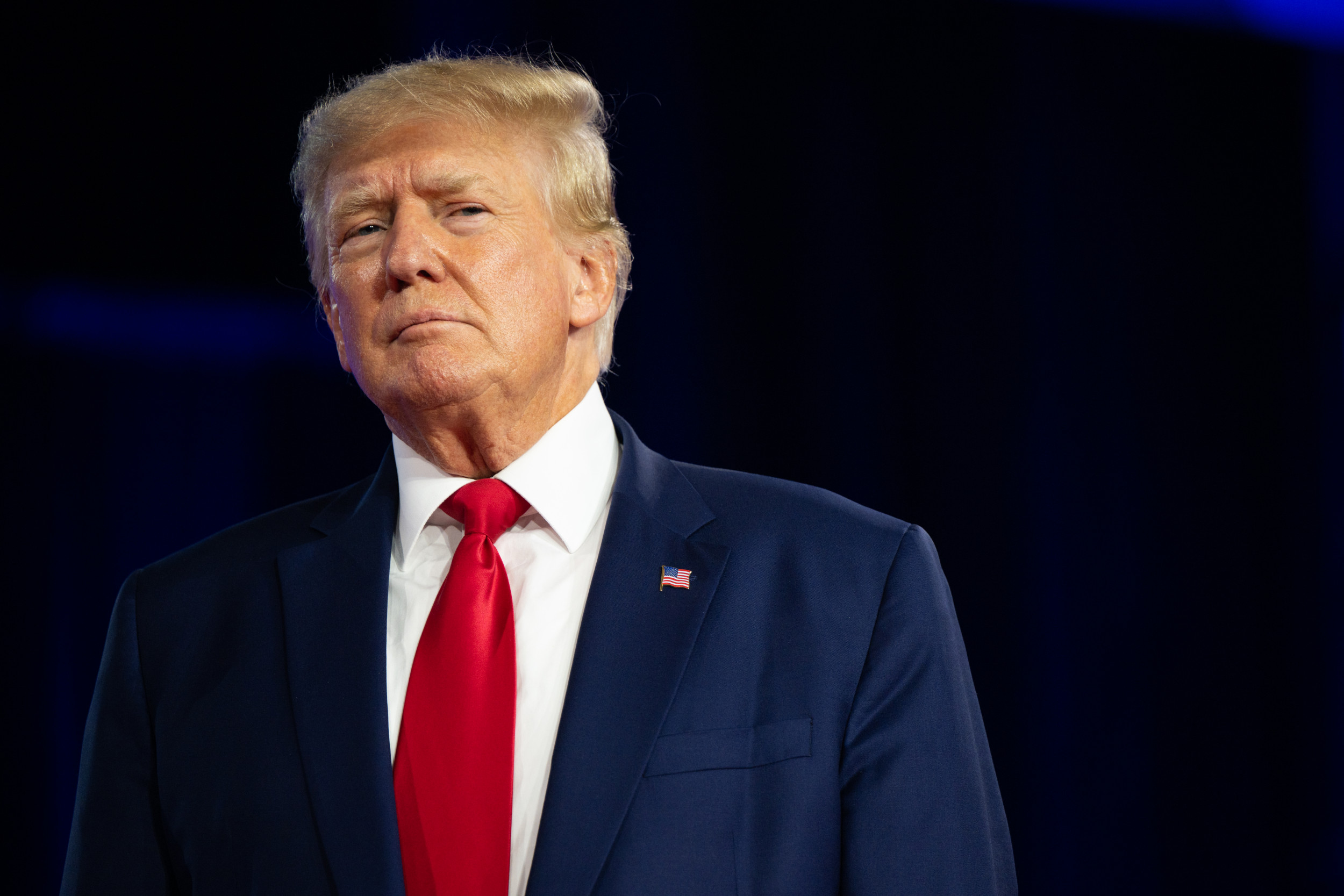
 News1 week ago
News1 week agoOver 100 of Donald Trump’s companies make no money: Financial disclosures
-
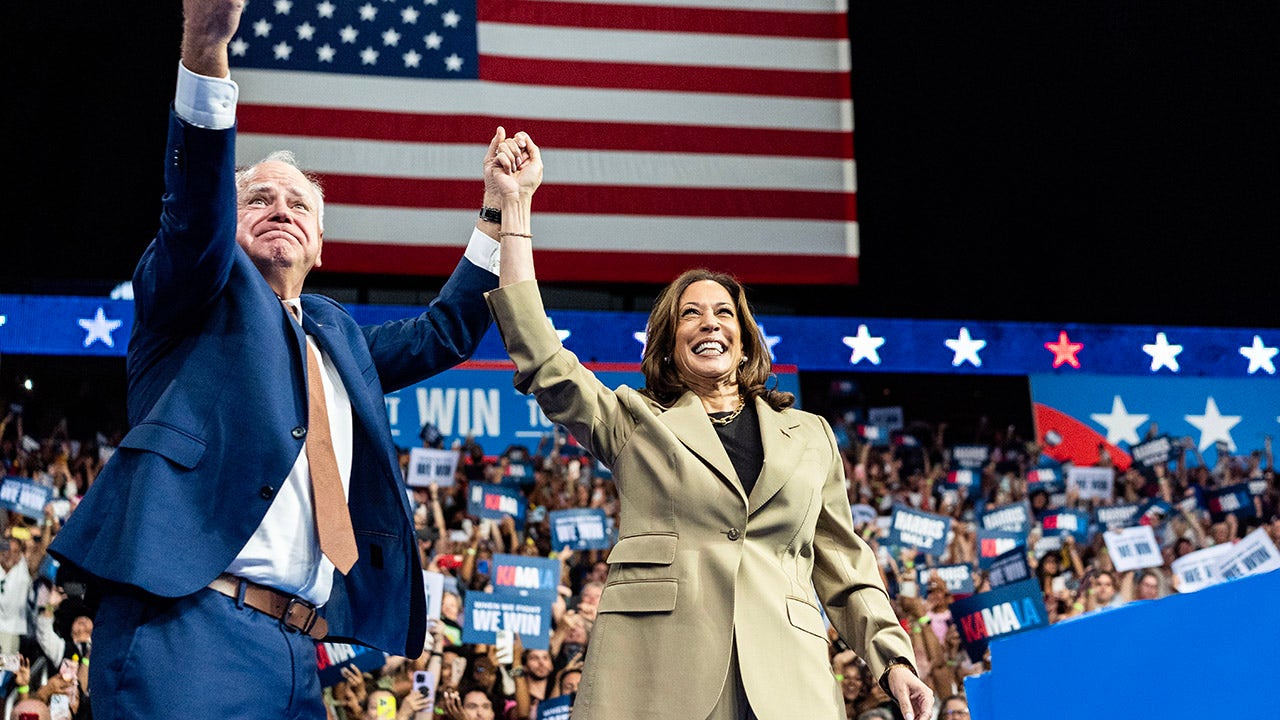
 Politics1 week ago
Politics1 week agoHouse Oversight investigating Walz over 'longstanding connections' to China
-

 News6 days ago
News6 days agoVideo: Biden Delivers Keynote on First Night of D.N.C.
-
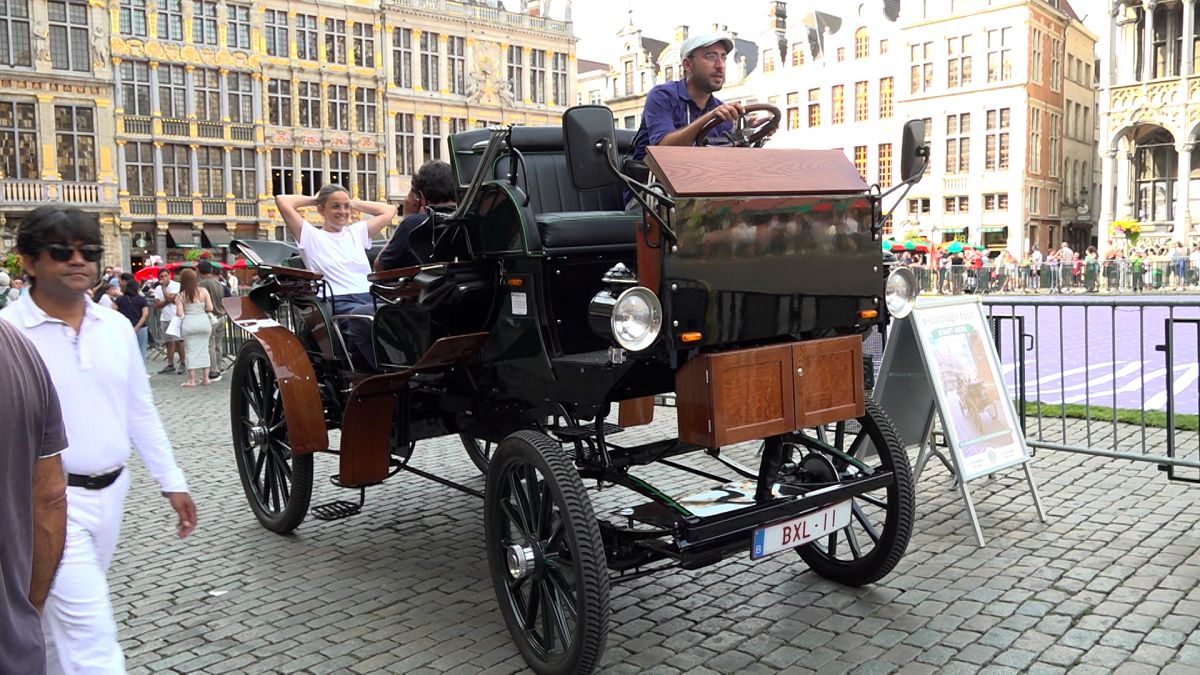
 World1 week ago
World1 week agoBrussels switches from horse-drawn carriages to electric ones
-
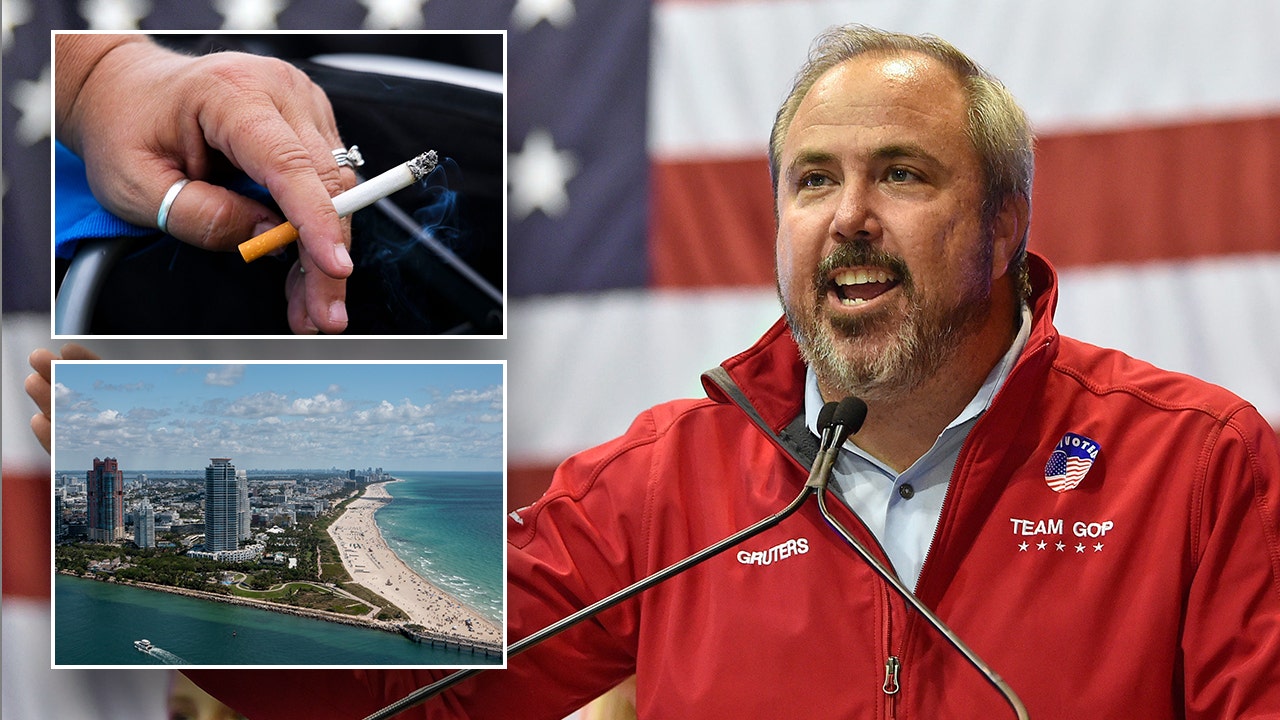
 Politics1 week ago
Politics1 week agoFlorida GOP lawmaker wants to ban smoking on streets, but supports legalizing marijuana



